We are catching up with a nons stop summer of boating events and where best to start the series of updates than with the Wooden Boat Show in Mystic, CT. In 2 1/2 days, a father son duo built one of our Echo Bay Dory Skiff kits. They discovered that there is a lot of boatbuilding, sweat, creativity and work to do even starting from a kit.

They launched on the third day at 3pm. They were very proud and perhaps glad they had a break to enjoy their success. My former life was a teacher and instructing people to build their own boats. Getting new folks into small boats, building their own boats from kits, and experiencing success in everyway is the number one priority for our customers. Likewise, we felt this year's Family Boatbuilding was a success and will plan to do these boats again next year.


They launched on the third day at 3pm. They were very proud and perhaps glad they had a break to enjoy their success. My former life was a teacher and instructing people to build their own boats. Getting new folks into small boats, building their own boats from kits, and experiencing success in everyway is the number one priority for our customers. Likewise, we felt this year's Family Boatbuilding was a success and will plan to do these boats again next year.












